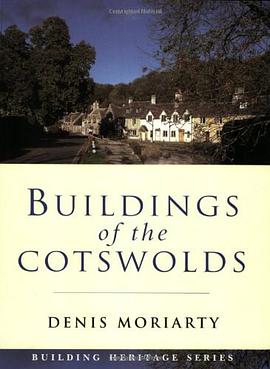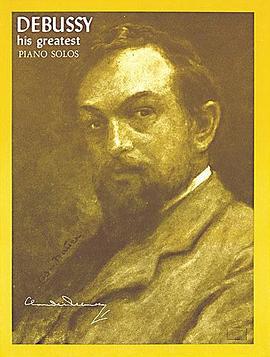

Throughout the early modern period, the villas of Frascati played a central role in Roman social politics. In the mid-sixteenth century, humanists and churchmen built villas on ancient ruins and pursued the ancient ideal of learned leisure, hoping to acquire an aura of virtue and sophistication associated with eminent Romans who had sojourned at Frascati in antiquity. New families penetrated Roman society and began to climb from the ranks of the ecclesiastical nobility into the secular aristocracy. In this study, Tracy Ehrlich analyses the Villa Mondragone, built by Pope Paul V Borghese in an effort to demonstrate how architecture, landscape and rituals of villeggiatura (villa life) were used to forge a new identity as a Roman noble house. She also explores the relationship between landscape and identity and, in so doing, reevaluates the conventional privileging of the city over the countryside. This title has been awarded the Salimbeni Prize, Italy's top award for a book in the area of art history.
具体描述
读后感
评分
评分
评分
评分
用户评价
相关图书
本站所有内容均为互联网搜索引擎提供的公开搜索信息,本站不存储任何数据与内容,任何内容与数据均与本站无关,如有需要请联系相关搜索引擎包括但不限于百度,google,bing,sogou 等
© 2025 book.wenda123.org All Rights Reserved. 图书目录大全 版权所有




















